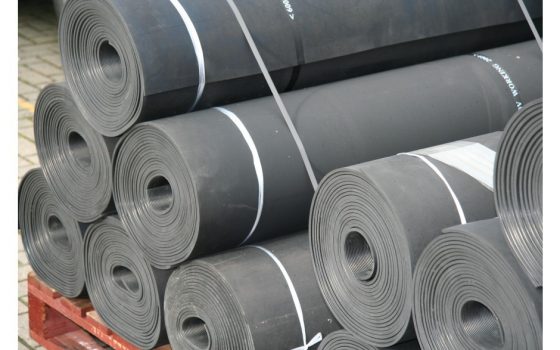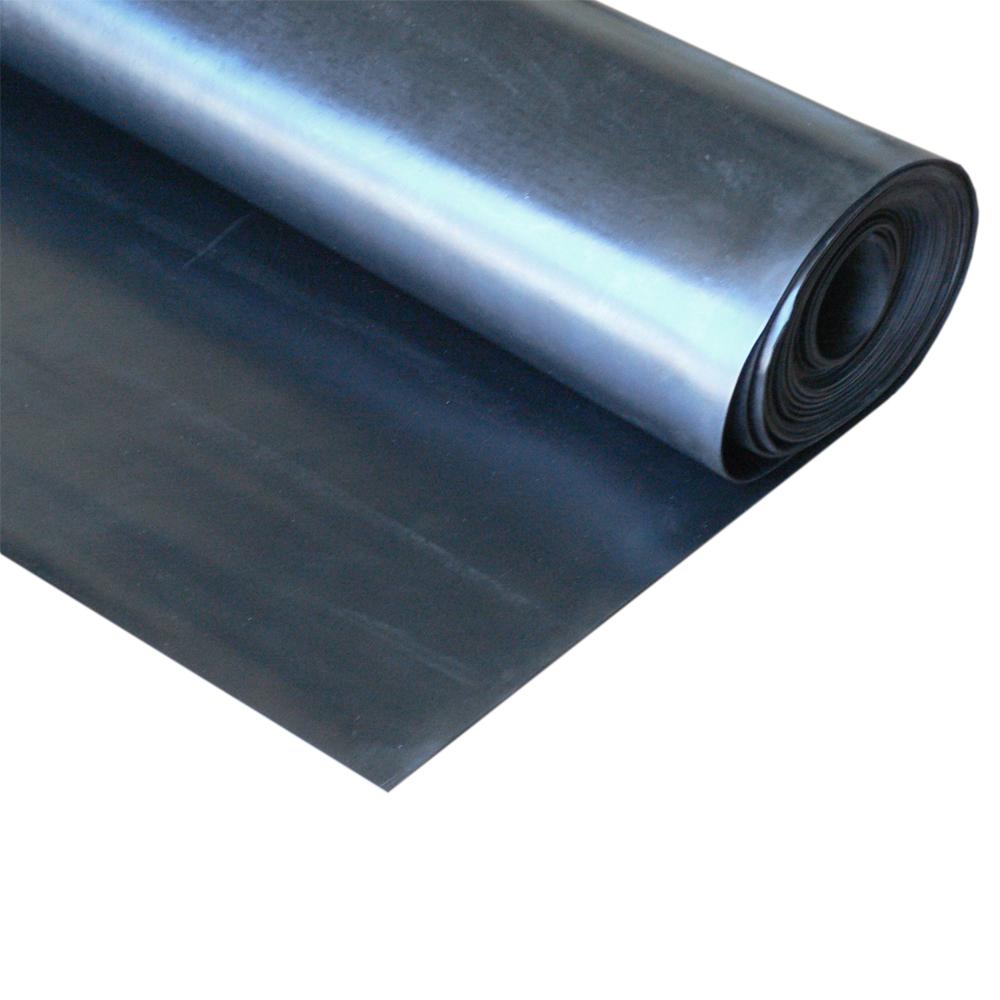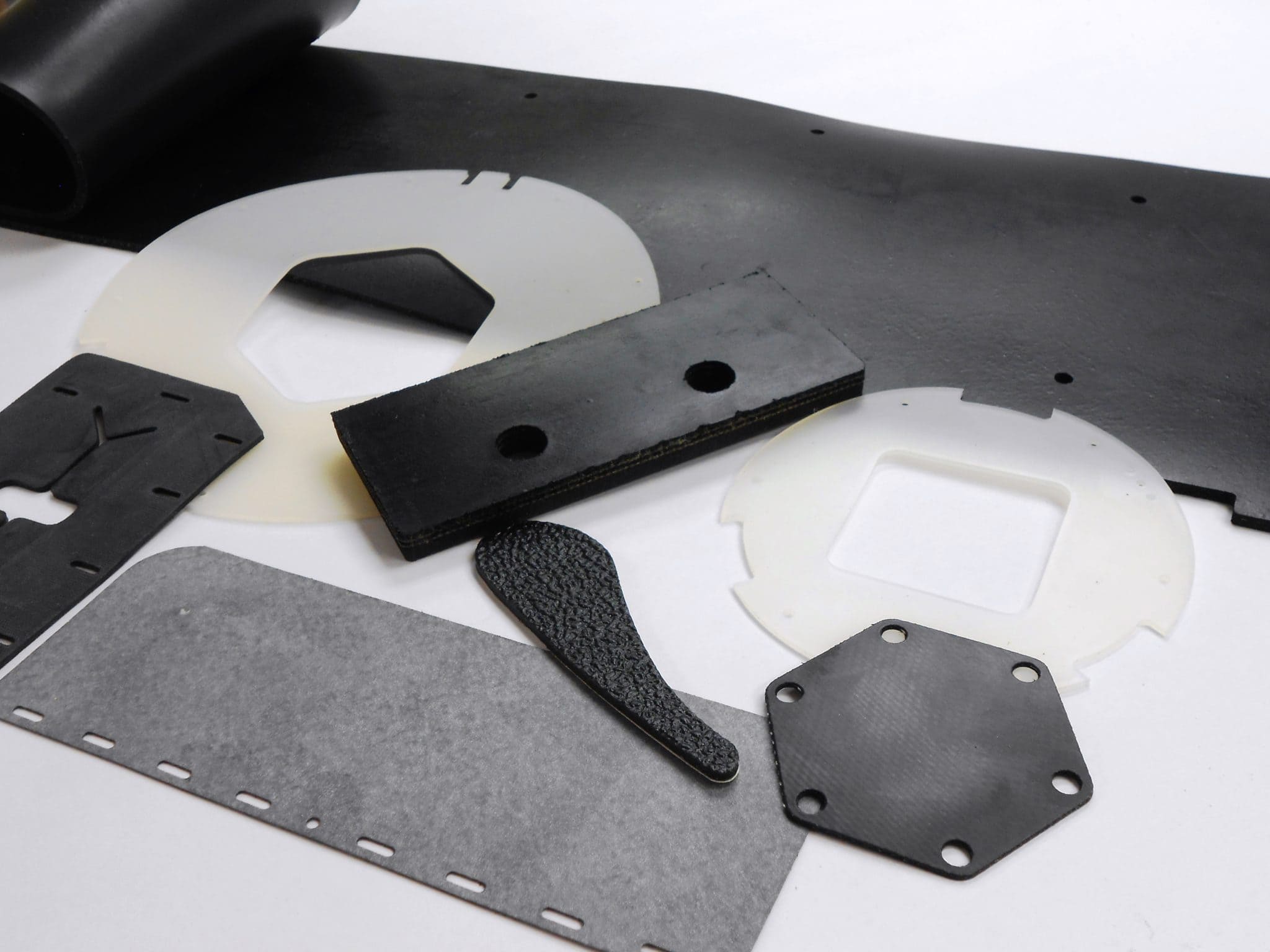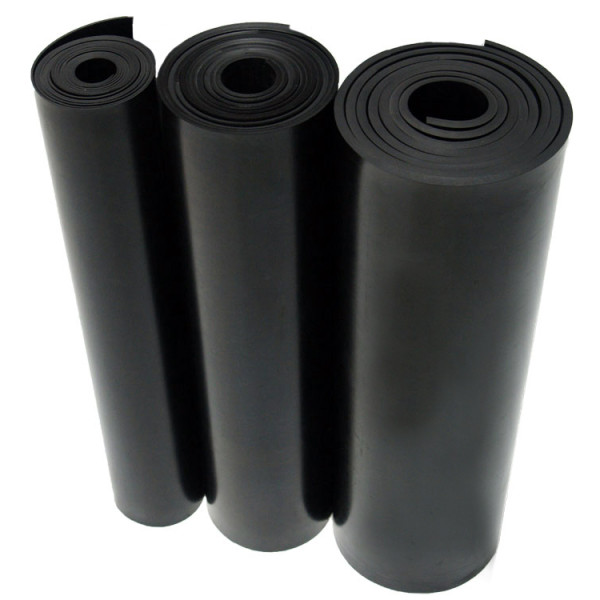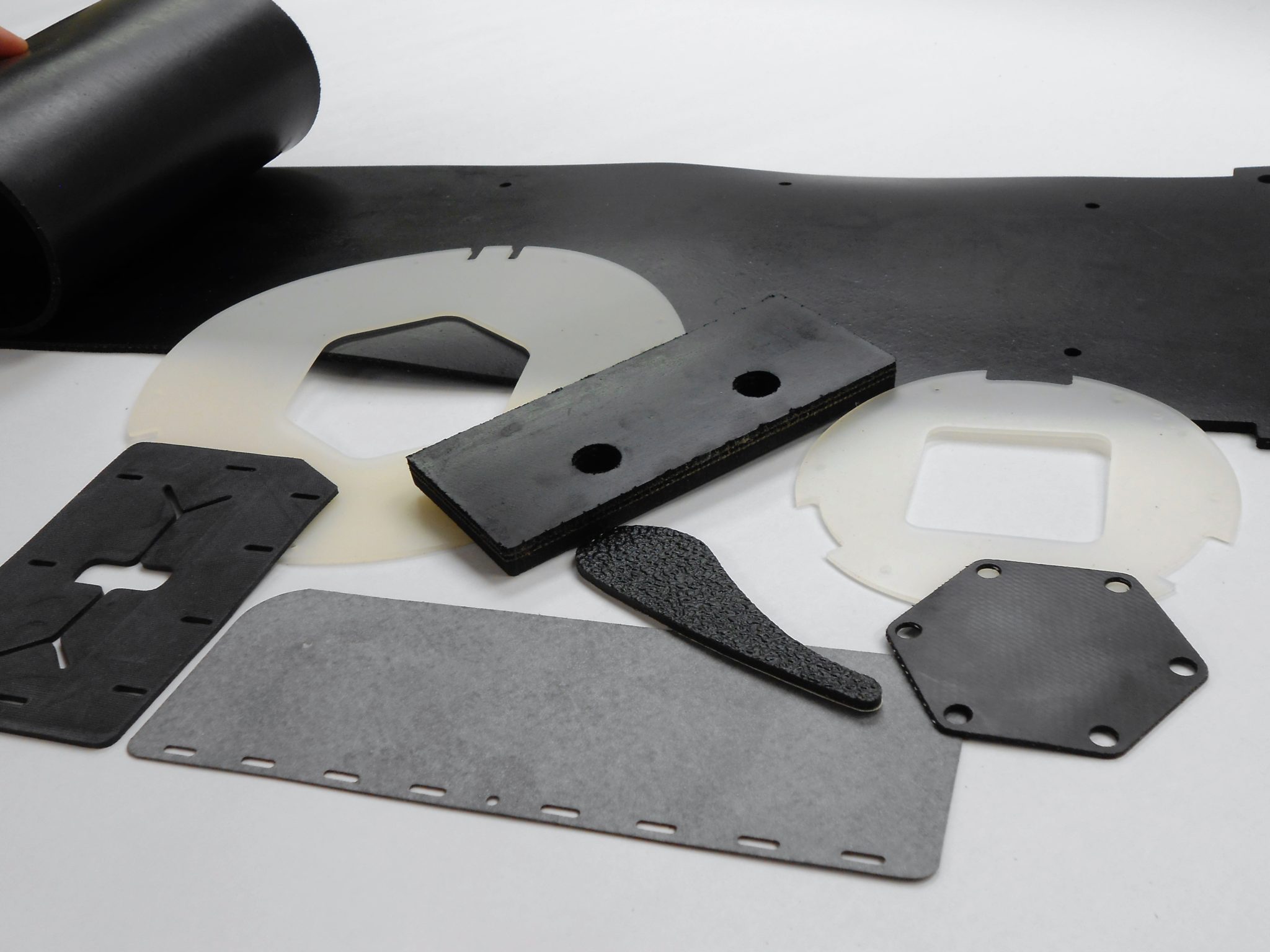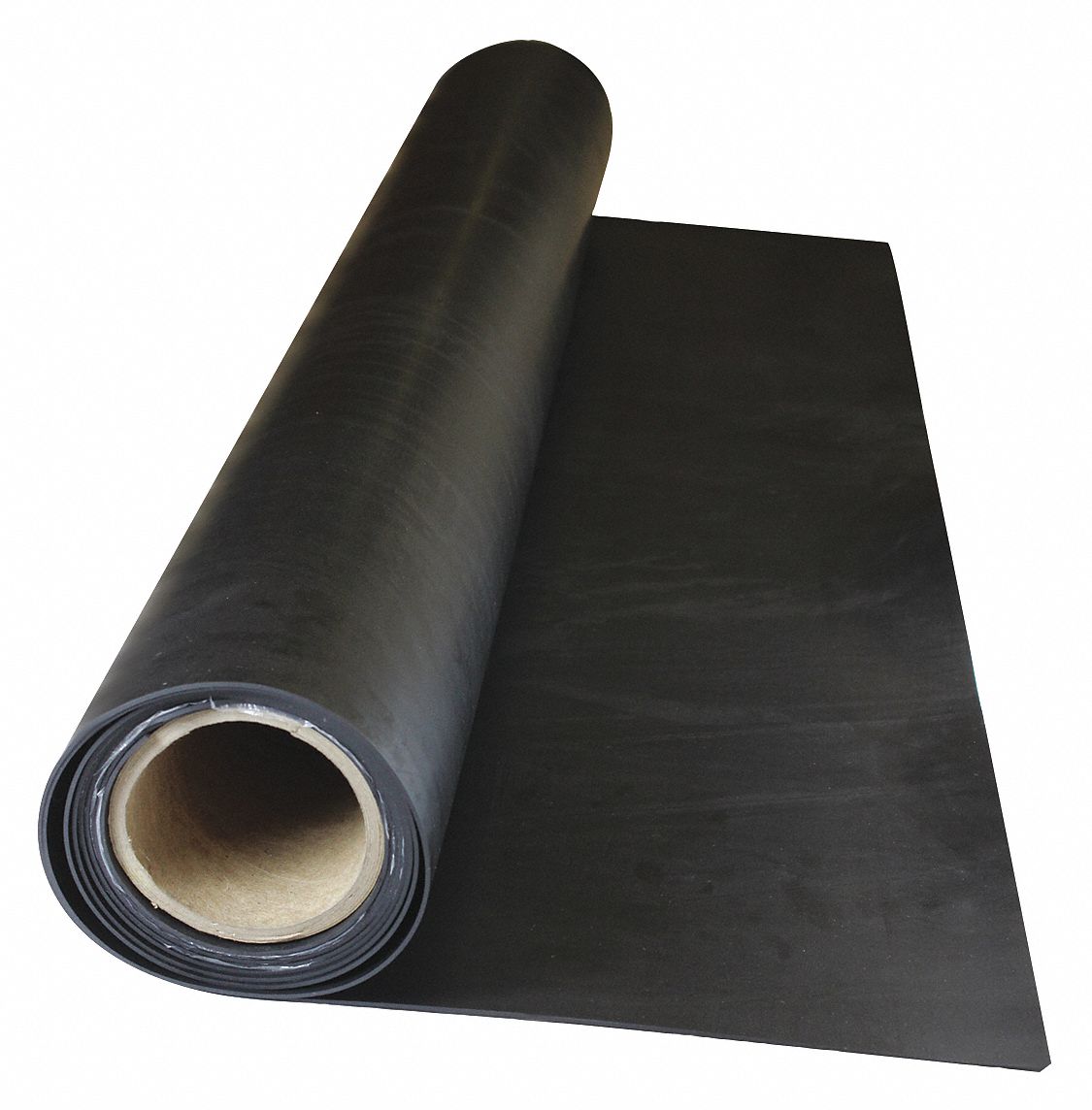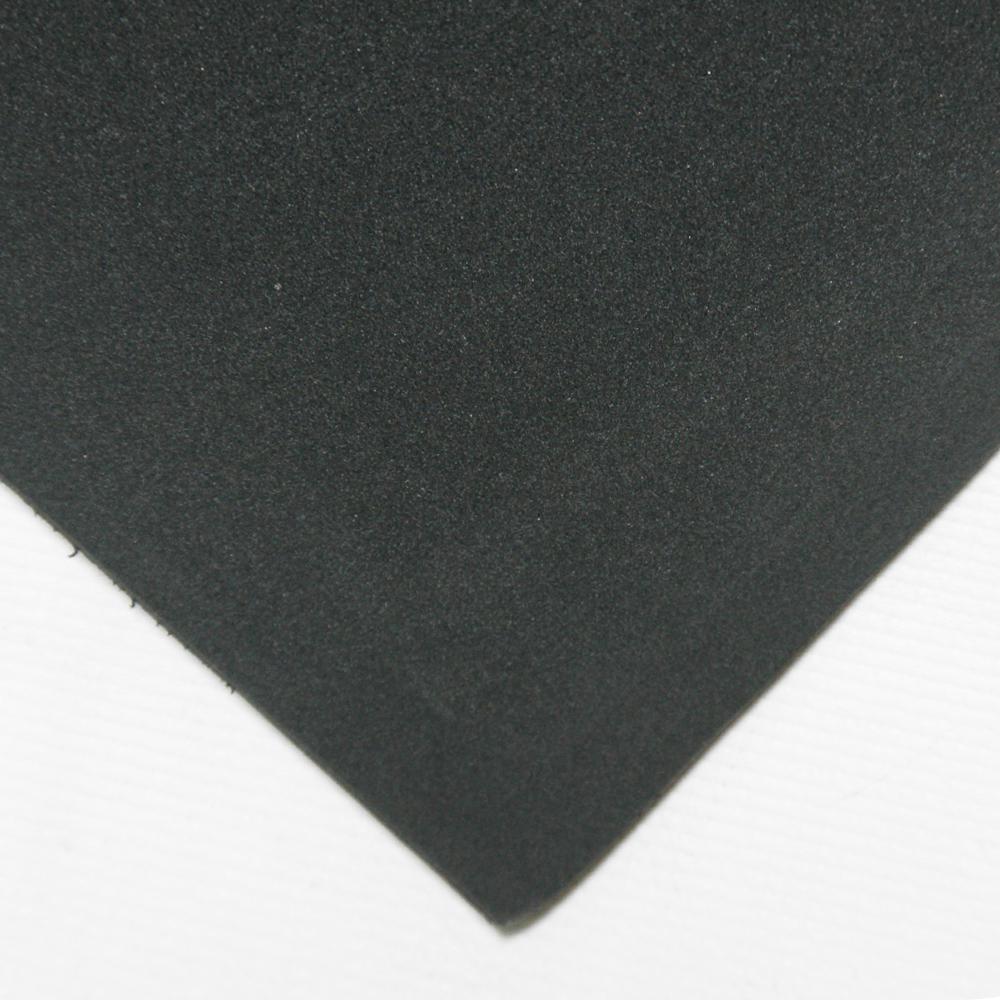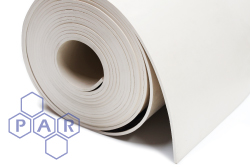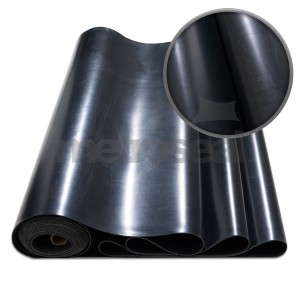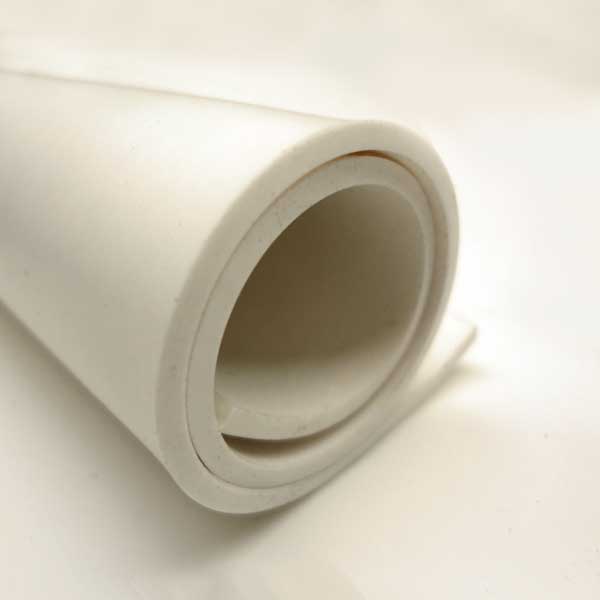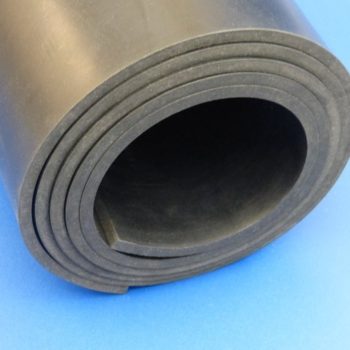Epdm Rubber Sheet Uses
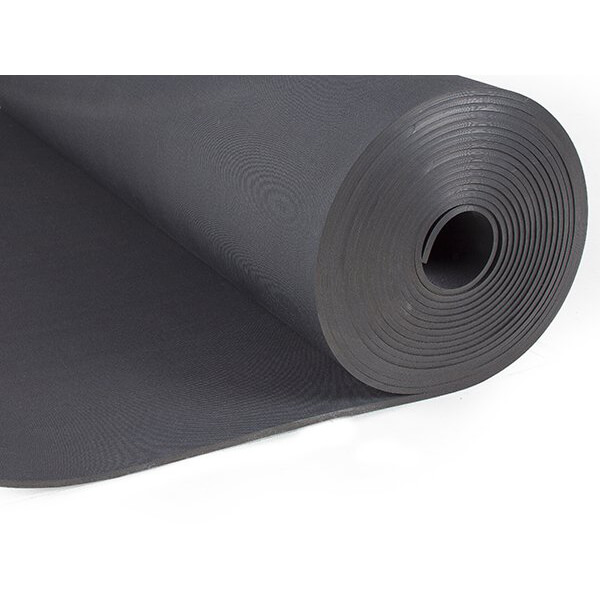
Ethylene propylene rubber is commonly produced as epdm sheet rubber which is used to create gaskets seals protective pads and other various products.
Epdm rubber sheet uses. Wrap these rubber blankets around power lines and electrical equipment to protect against contact with high voltage. While epdm has decent tensile strength its flexibility makes it inappropriate for rigid parts such as gears shafts and structural beams. It can also used to provide cushioning or elasticity. It achieves an ideal balance to create an all purpose weather resistant rubber.
Where is epdm rubber used. Rubber sheet warehouse 125 1 8 thick x 12 wide x 36 1 neoprene solid rubber sheet perfect for weather stripping gasket not for cosmetic purposes 4 6 out of 5 stars 68 25 00 25. Suitable for use in air hot water low pressure steam hydraulic services petroleum detergents and where heavy oil resistance is required. Epdm also known as ethylene propylene diene monomer is an extremely versatile material used in a variety of applications from automotive products to hvac parts.
Epdm is used as a cheaper alternative to silicone rubber for parts that will have a lot of outdoor or moisture exposure or for electrical insulation. It s mainly used in four industries. Support and stability resistant high compression. Epdm ethylene propylene diene monomer rubber is a type of synthetic rubber elastomer.
Epdm sheet rubber is a versatile blended sheet epdm sheet rubber is a versatile blended sheet composed of ethylene propylene diene monomer and styrene butadiene rubber. Epdm is often used when a component must prevent fluid flow while remaining flexible. This rubber essentially mirrors many of the physical properties of natural rubber and adds the all important functional property of weathering resistance. However the area that epdm elastomer is most commonly used is in automobiles.
It is normally black non tacky and often has a slightly dusty feel about it. Epdm sheet rubber is used in radiators cold room doors roofing membranes hoses electrical insulators and other outdoor appliances. However it can also be used as roofing or liners. This type of rubber also acts as a less expensive alternative to silicone as it can last for long periods of time with proper use.
